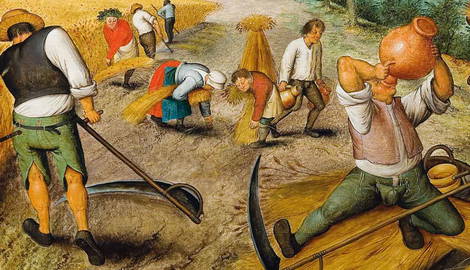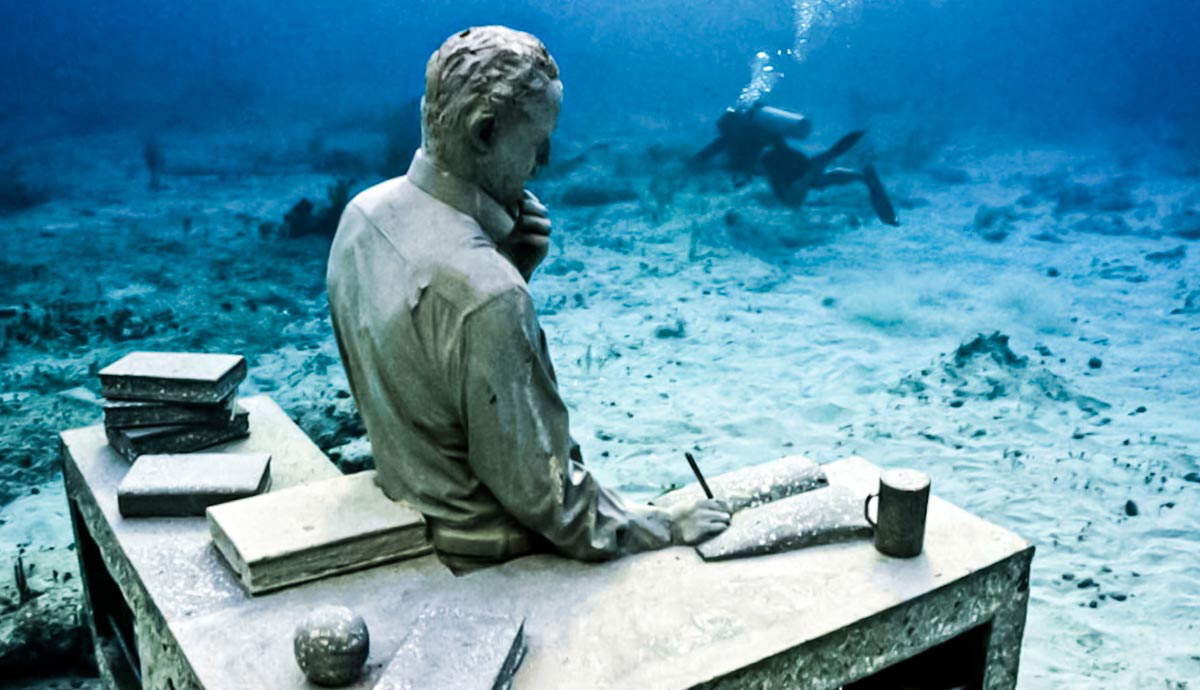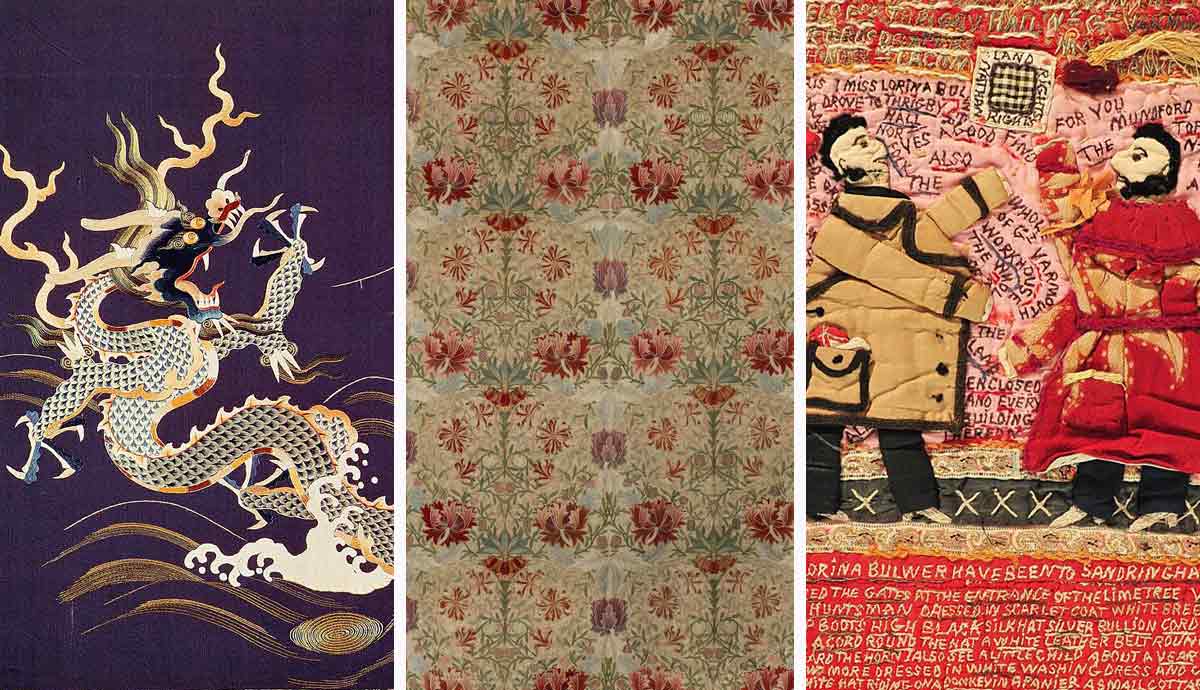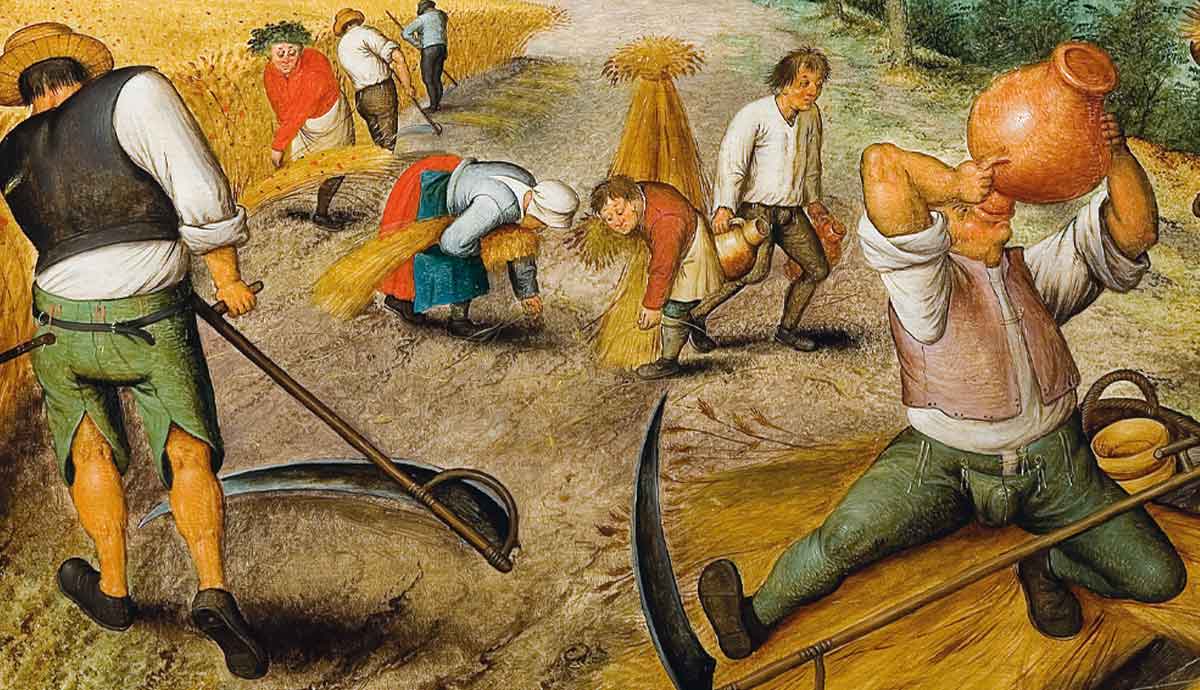
The Seasons is a series of four paintings by the Flemish Renaissance artist Pieter Bruegel the Younger. What inspired him to paint the series, and how did he portray the joys and traditions of each season through his work? Let us attempt to discover what this fascinating set of paintings can reveal about his life.
The Seasons: A Series of Four Paintings
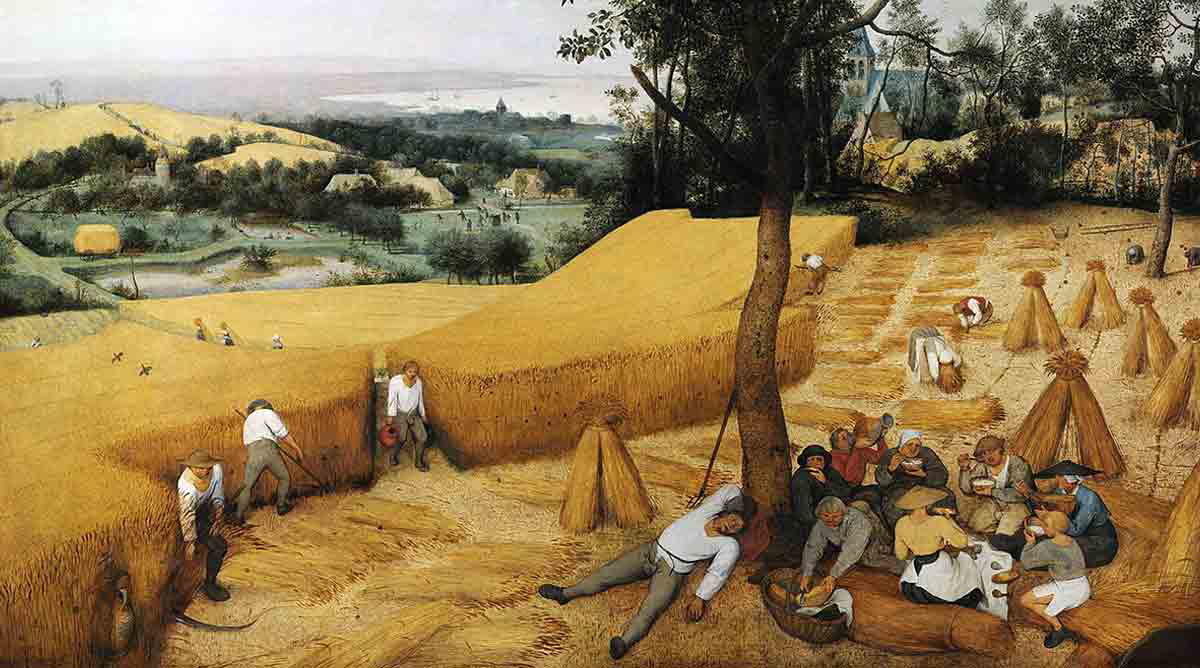
Do you ever feel as if life is one endless circle of repetition? If so, you would not be alone. With each new year come the same routines, the same jobs, the same practices, the same celebrations, and the same traditions. This is the case now and was certainly no different during centuries and even millennia gone by.
This circle of life is exactly what Bruegel was attempting to illustrate with his Seasons series. When combined, every detail of every painting tells the story of an average year in 16th-century Flanders.
Would he have known that one day, historians would be viewing and analyzing this series, far into the future and 400 years after his death? Well, it certainly feels like it. On interpreting each of the works, we might almost come to believe that Bruegel’s intention was to educate a modern audience.
It is almost as if he was reaching out for our hands, asking for the opportunity to give us a guided tour of normal, rural life as he knew it.
The Seasons consists of four paintings intended to be displayed together as a set. Predictably, they are entitled Spring, Summer, Autumn, and Winter. Each was produced at the highly prolific and highly lucrative workshop that Bruegel had inherited from his father.
Although all of these artworks are technically of different sizes, the difference is so acute that it was likely that they were intended to be identical. They were painted through the medium of oil and wood.
Before we take a closer look at each of the paintings in the series, let us find out a little more about Pieter Bruegel the Younger himself.
Who Was Pieter Bruegel the Younger?
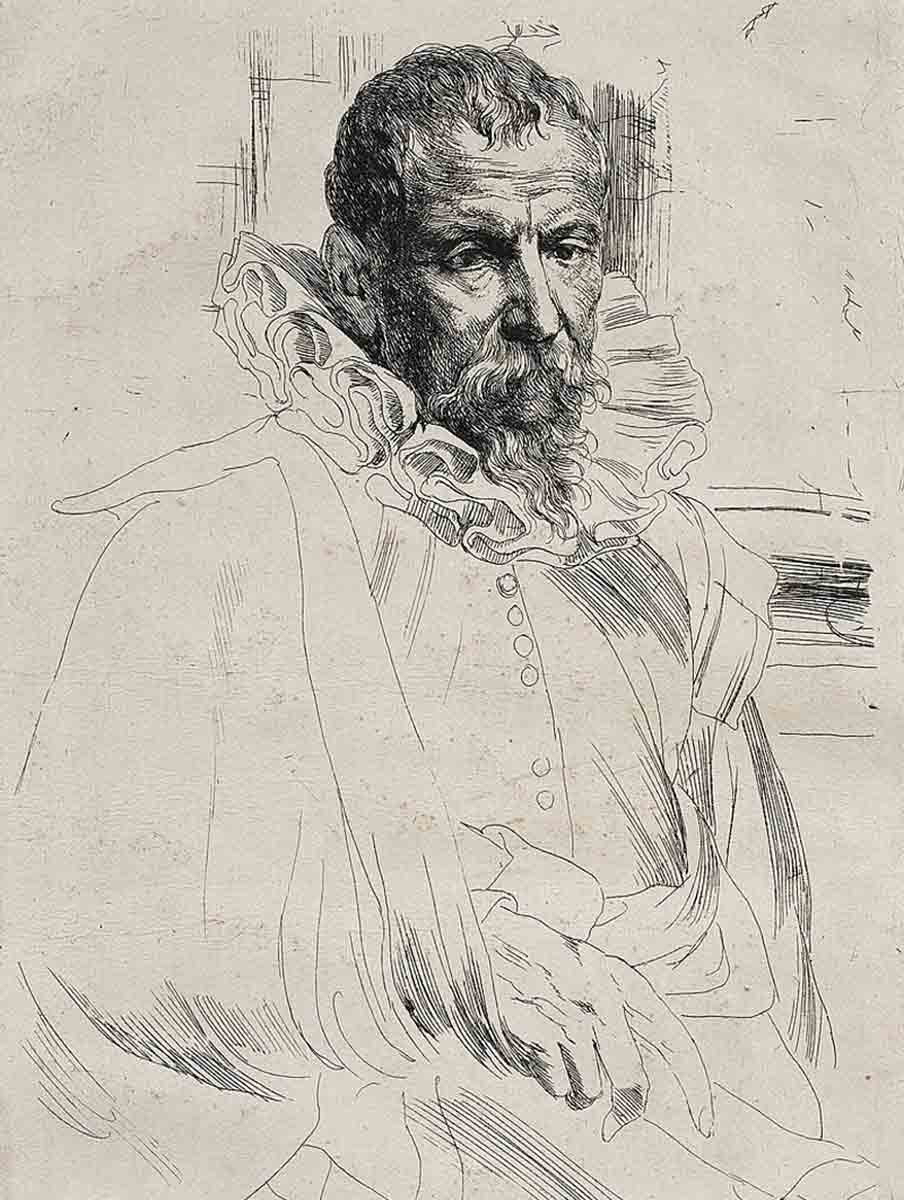
Pieter Bruegel the Younger was a Northern Renaissance artist of the late 16th and early 17th centuries. As with many painters of his era, the exact dates of his birth and death are unknown. However, it is likely that he was born in Flanders, Belgium, sometime between May and October 1564. At the time of his birth, Flanders came under the rule of the Holy Roman Emperor, Maximillian II. Bruegel died at some point either during the year 1637 or 1638. As an artist and copyist, he was known to be active from 1593 onwards.
Bruegel was by no means the only artistically talented member of his family. His father, debatably the more famous of the two, was a renowned painter named Pieter Bruegel the Elder. When Bruegel the Elder died in 1569, the Younger was adopted by his maternal grandmother, Mayken Velhulst. Not only was this relation the widow of the prolific artist Pieter Coecke van Aelst but also a miniaturist and watercolorist in her own right.
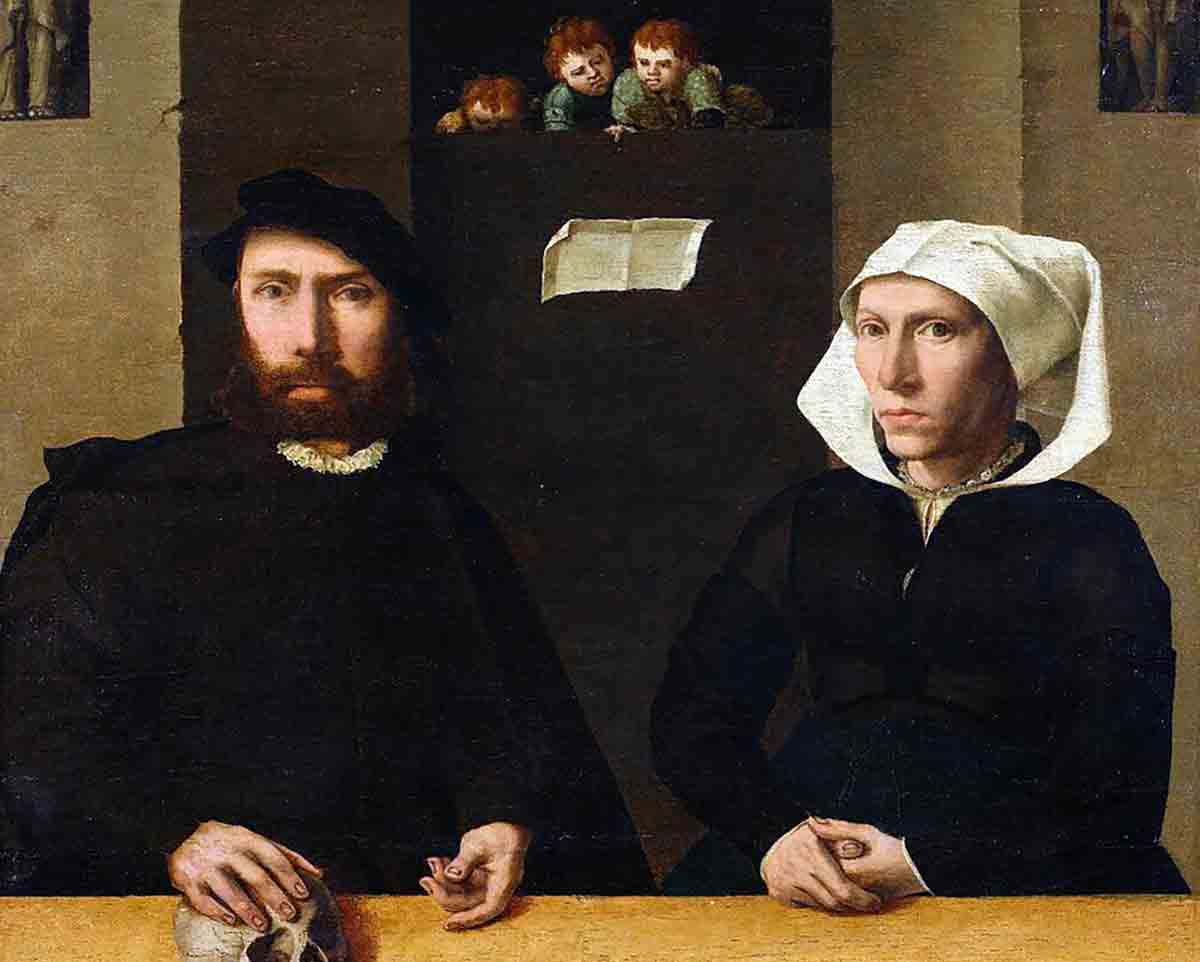
Pieter Bruegel had a little brother named Jan Bruegel the Elder. Both boys followed in the footsteps of their father by devoting their lives to creating masterful works of art. With so much artistic influence in the family, there is little wonder why they each pursued their own respective careers.
All three of the Bruegels, (Pieter the Elder, Pieter the Younger, and Jan), are all equally admired in the 21st century. Although Jan’s works are very different in both style and subject, the works of Bruegel the Elder and Bruegel the Younger are barely distinguishable from each other.
Christie’s, one of the world’s leading art businesses, explains that “most perhaps do not realize that there is a difference between one Brueghel and another, whether in terms of the particular artist’s identity (father, son or sibling), the century in which it was produced, or even the spelling of the name.”
Bruegel the Elder was commonly referred to as Peasant Bruegel, because of his liking for depicting scenes of rural life. This was a trait inherited by Bruegel the Younger, who also liked to paint simple, country scenes set in his homeland. This Bruegel became famous for his landscapes of village scenes, and his work showcased his great interest in 16th and 17th-century life. Just a few of the many artworks that fit this criteria are entitled A Country Brawl, A Village Festival, The Village Lawyer, and A Visit To The Farm.
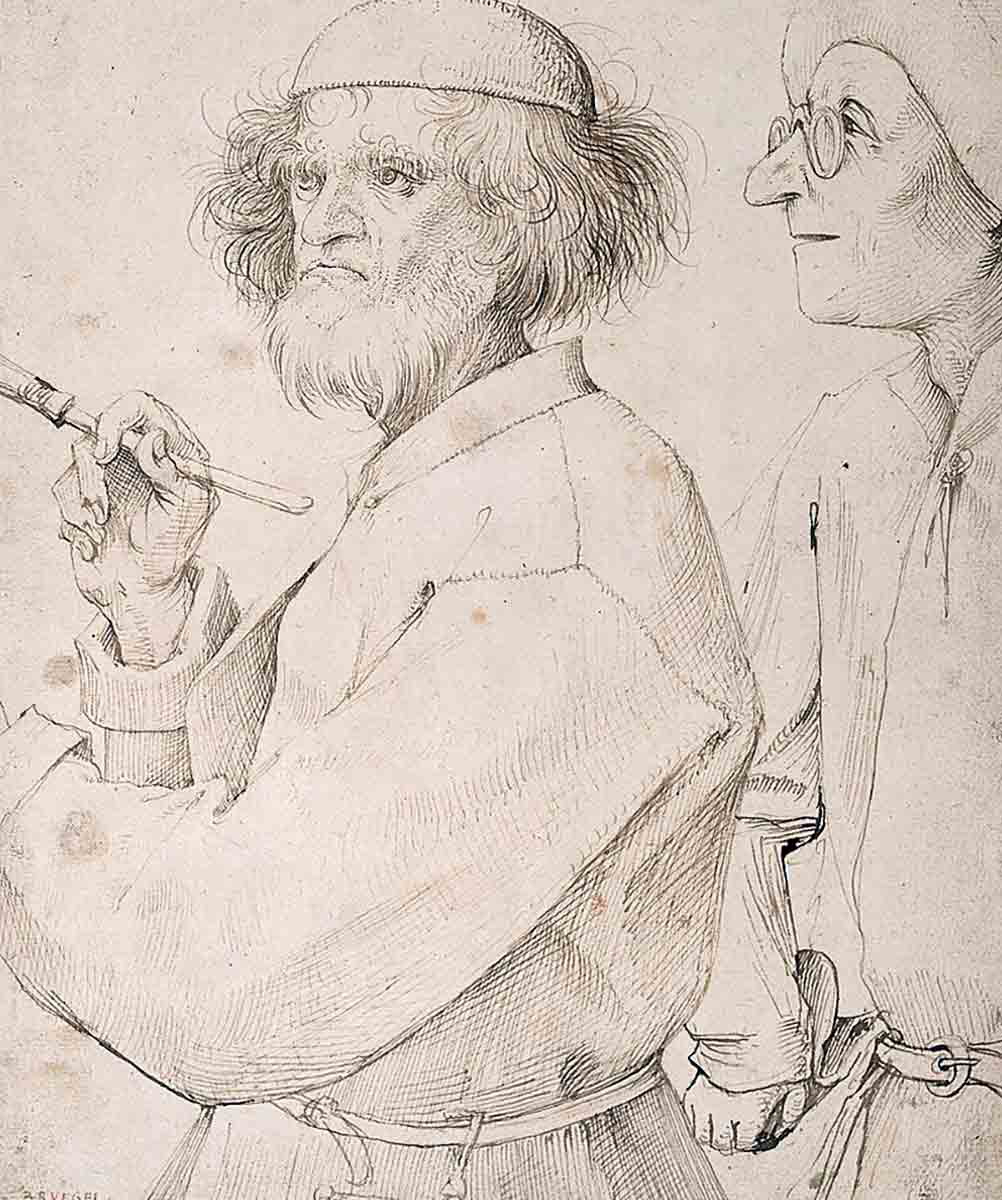
All in all, the name of Bruegel the Younger is attached to 1,400 paintings. These range from near-exact copies of famous compositions by his father to creations of his own imagining. His works feature action-packed scenes, obvious themes, bold lines, bright colors, and lots of details. Bruegel’s paintings conform to both his family’s artistic preferences and the traditional Flemish Renaissance style.
The Seasons is just one example of a series that reveals all the elements of Bruegel’s skills and talents. It is not to be confused with another series, also entitled The Seasons, which was painted some decades earlier by Bruegel the Elder. This older interpretation of the yearly cycle consisted of six paintings, five of which survive in the 21st century, and is still one of the Elder’s best-known sets of work.
Bruegel the Younger’s Depiction of Spring
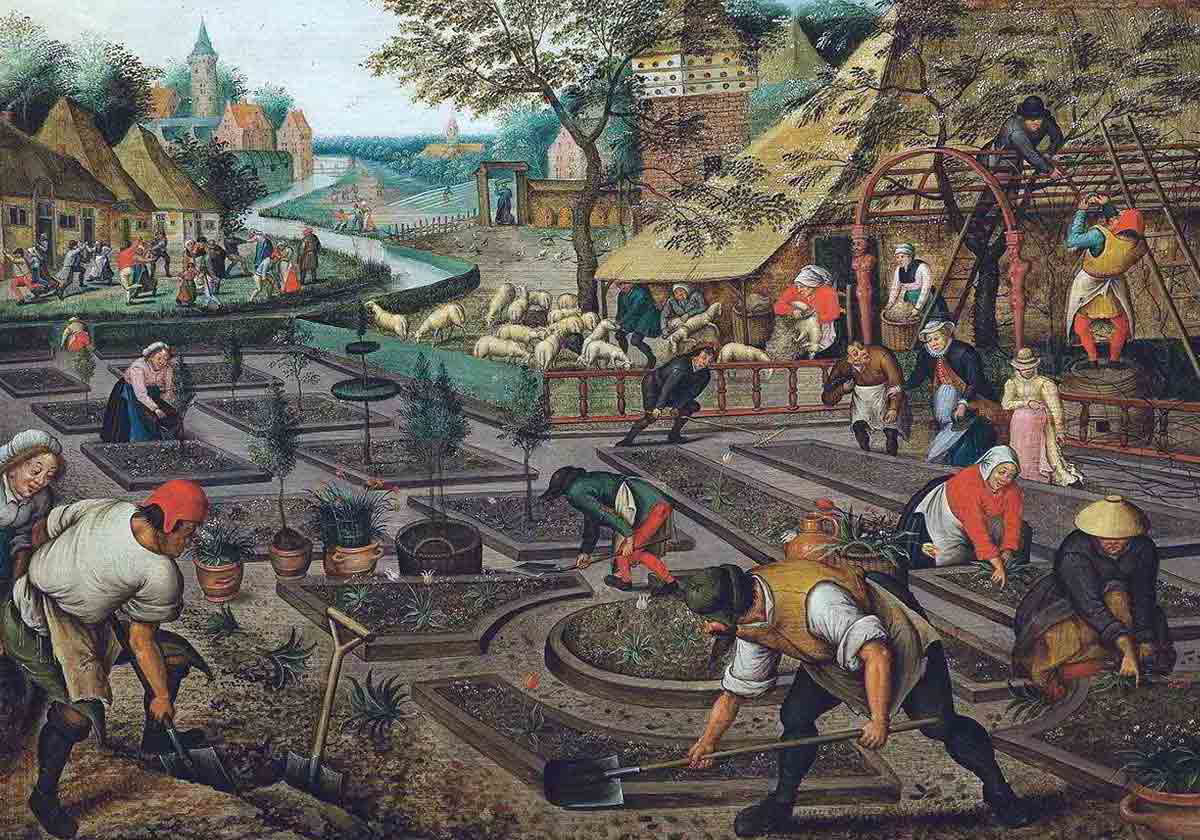
Spring. It is the first of the four paintings in Bruegel’s The Seasons. Spring is certainly a good season to start with. In the 21st century, spring is thought of as one of the population’s favorite seasons, and we can assume that the common folk of 16th-century Belgium felt the same way.
The season of spring carries with it many joys. The mornings are brighter, the evenings are lighter, the days are longer, the air is warmer, trees regrow their leaves, and lambs begin to appear in the fields. The arrival of spring signals the end of the long, harsh winter. Even in the first few weeks of springtime, one may experience the excitement of Lent and Easter and even a hopeful taste of the upcoming summer.
In this beautiful and detailed depiction of spring, Bruegel has perfectly captured these feelings of happiness and anticipation. There is so much going on in this action-packed scene that the viewer does not initially know where to look. At first glance, it may be perceived that the artwork depicts an afternoon of work by a community of villagers, and this is essentially the main theme not only of Spring but of The Seasons series in general.
The workers, who would originally have been referred to as peasants, are carrying out a wide variety of jobs in a formal garden. This garden was likely to have been owned by a nobleman or woman, whose identity is unfortunately not revealed. Although hard at work, none of the figures appear particularly downcast. Instead, each appears happy to be getting on with a task associated with the season.
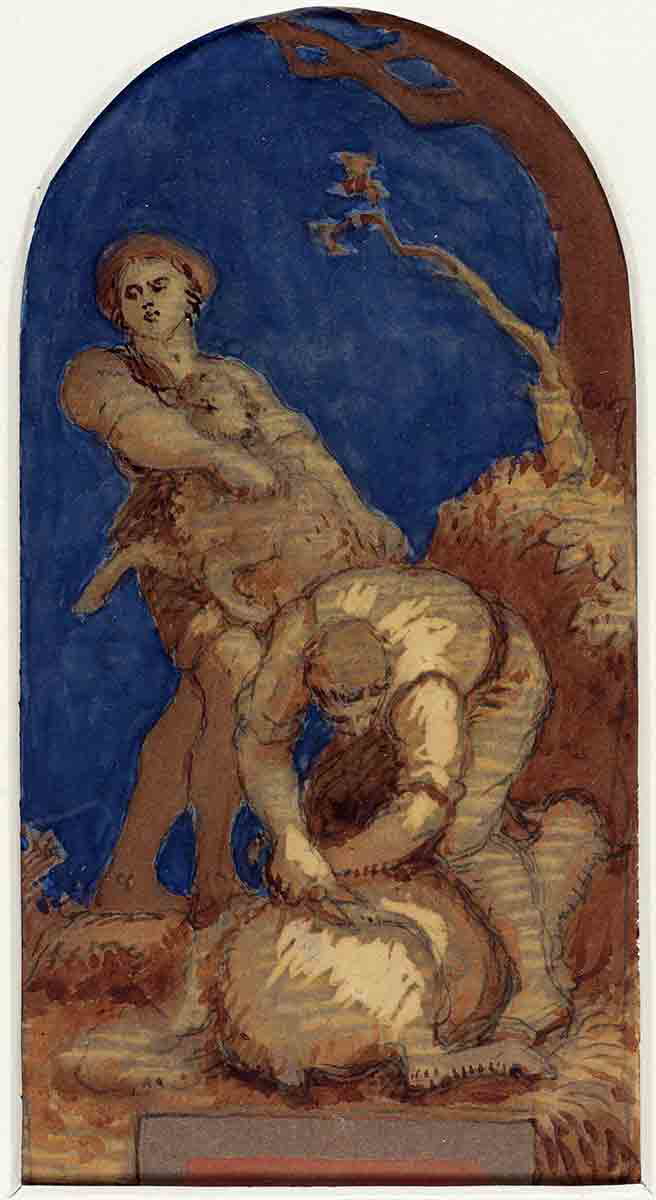
Look toward the figures a little more closely. Each person is carrying out a job traditionally linked to the months of spring. Three people toward the back of the painting are standing in an animal pen and shearing sheep. Almost directly to the right of the sheep shearers are two men pruning a rose-vine. As we draw our gaze toward the front of the scene, we see that holes are being dug and plants (probably a selection of flowers and herbs) are being planted in the soil.
The inclusion of such a variety of tasks informs the viewer that spring was a busy time of expectation and preparation. Nobody was to remain idle in the spring: there were activities suited to all manner of persons.
However, work is not the only thing going on in this scene. There is also plenty of merrymaking taking place in the background. In the distance, behind the peasants and the formal gardens, some figures can be seen dancing at a local inn. This is cleverly done by Bruegel, as it balances elements of work and play.
Now we have taken in the purpose of each figure, it is time to look at the artwork as a whole once again. Is its overall appearance familiar to you? If so, there is a good reason for it. An extremely similar artwork was produced some years earlier, not by Bruegel the Younger, but by his father. Bruegel the Elder’s version of spring is perhaps just a little more famous.
Below you may find Bruegel the Elder’s version. Note that Bruegel the Younger has created an almost-exact mirror image of his father’s work. The two pictures are almost identical, but not quite identical. Bruegel the Younger became known for his copies of his father’s paintings, and some artists even thought less of him for it.
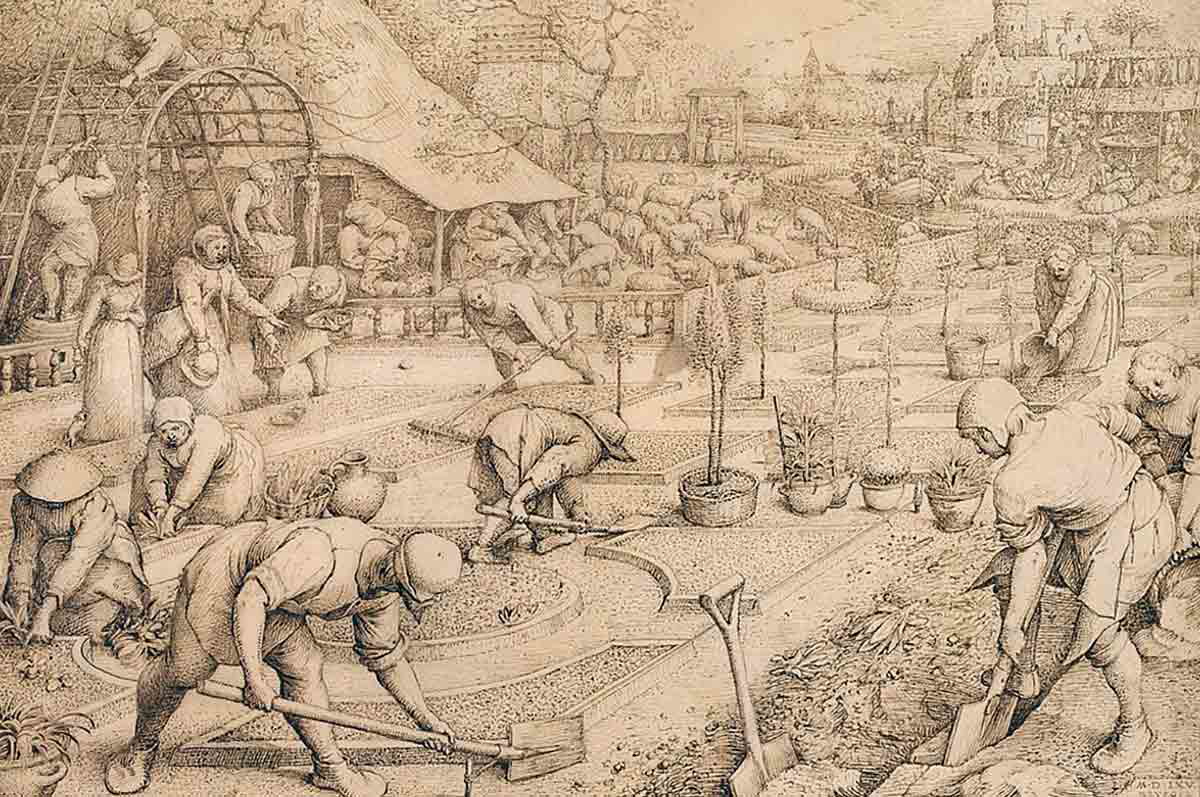
Despite the inspiration taken from his father, and occasionally his almost-exact copying, it cannot be denied that the work itself was done by Bruegel the Younger himself. His workshop released eleven versions of Spring, all of which differed slightly in some way. One version was black and white, one version was adorned with a border, one version was brighter, one was cut to be circular, one was sepia. All eleven works had one thing in common: they were all painted to showcase the delights of the season of spring.
Bruegel the Younger’s Depiction of Summer
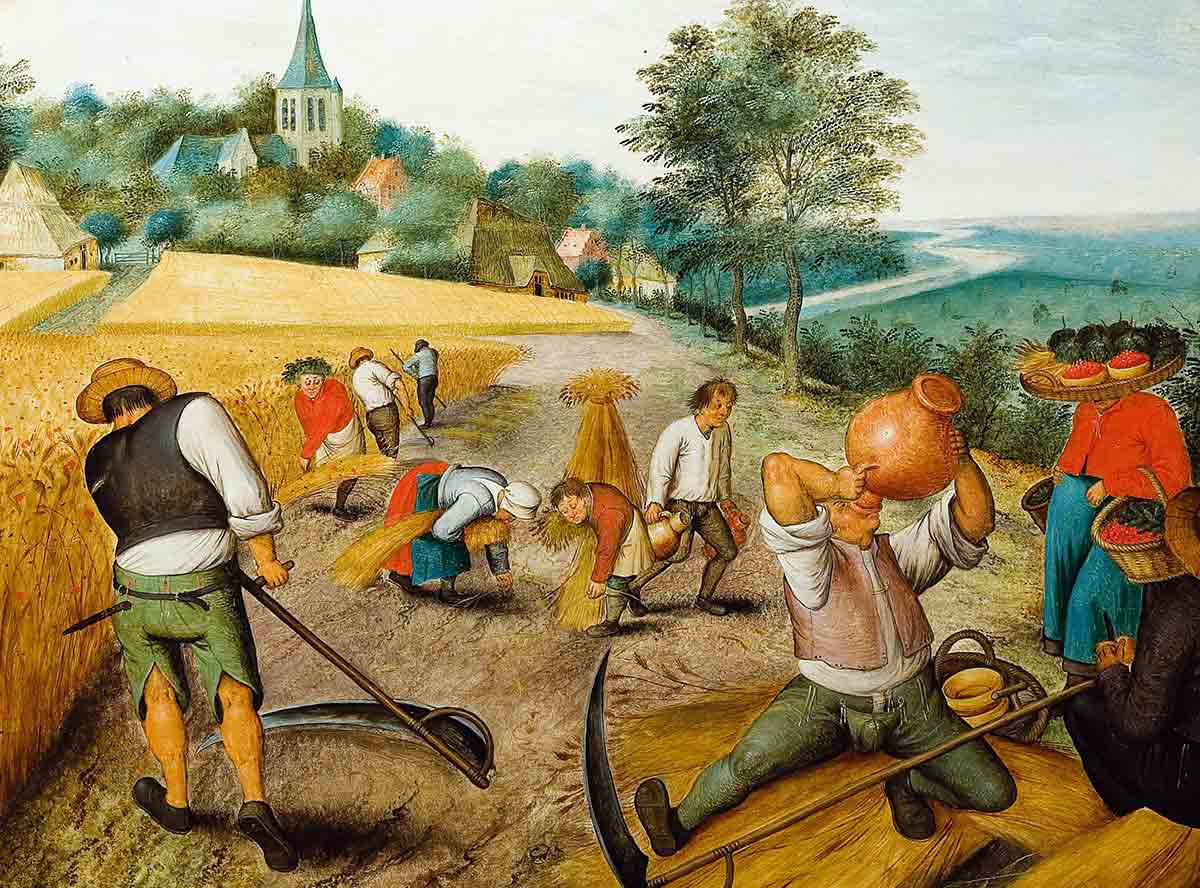
Now we move on to the next season in the series. Summer is the second painting in Bruegel’s Four Seasons. The theme of this painting is the bringing in of the harvest.
In the 21st century, the Harvest Festival is traditionally observed in the Autumn. Sometimes it takes place in September, but it occasionally takes place as late as October.
However, during the 16th and 17th centuries in Europe, common folk would have laughed at this notion. Harvest was a decidedly summer event—one that celebrated the bringing-in of the crops that would last throughout the autumn and winter. This was done towards the end of the season, either in July or August.
When comparing Summer with Spring, one may notice that there is a lot less going on in the scene. There are fewer figures and fewer activities. This gives the work a lazier and more relaxed appearance. However, just like in Spring, everyone that does appear within the painting is occupied.
In Summer, we may view the wheat as it is gathered, the fruits as they are picked, and the hay as it is stacked. We can tell that the weather is meant to have been hot; look to the sun-shading hats worn by the peasants, and then to the extremely thirsty man at the front of the painting, who seems to be enjoying a much-needed drink.
Bruegel the Younger’s Depiction of Autumn
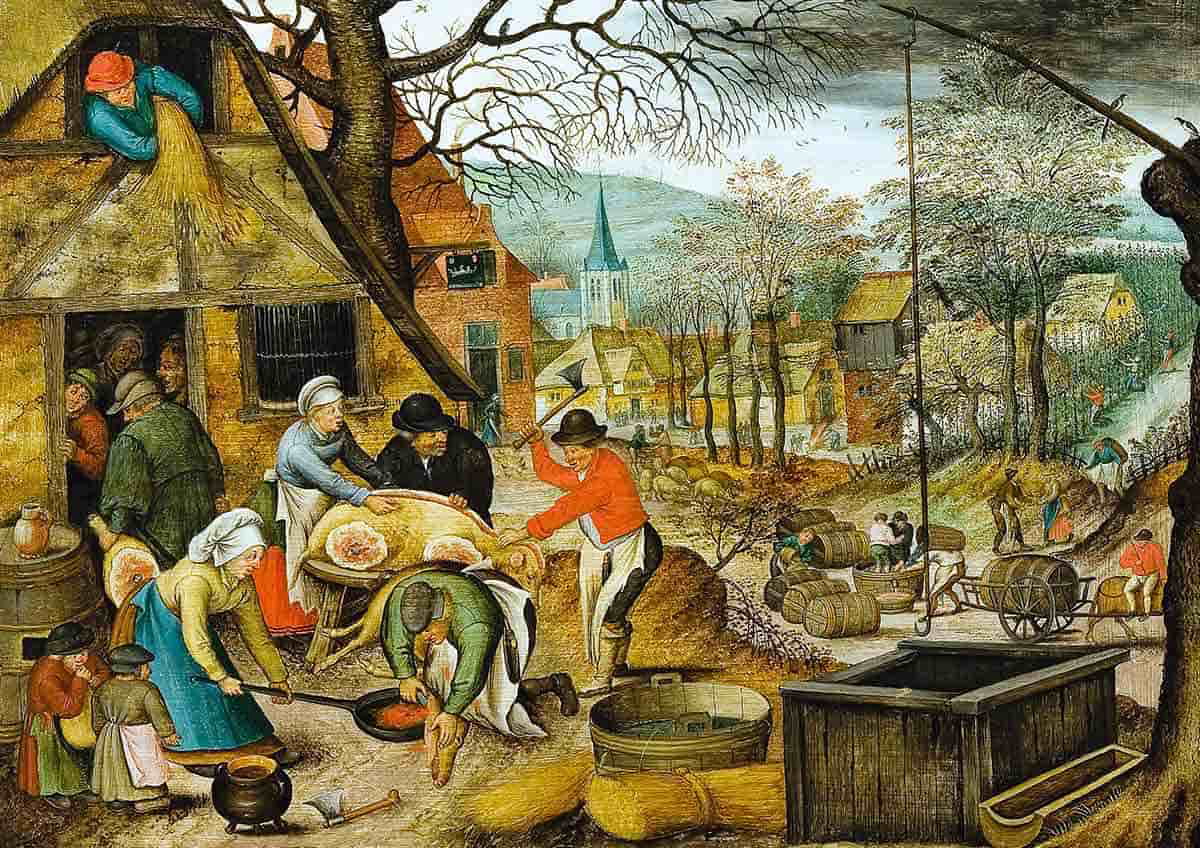
The third scene in Bruegel’s Four Seasons series is entitled Autumn. Any art lover may agree that it is not the most pleasant picture to look upon. That is because Autumn focuses mainly on the slaughter of animals and the curing of meat. The primary feature is the butcher at the front of the painting, who is hard at work, readying meat for the winter, firstly by sectioning it and secondly by preserving it.
However, there is more to this scene of butchery than initially meets the eye. Look further into the distance—you may then observe another autumnal tradition. Here, grape picking and wine making are cleverly and almost unnoticeably depicted right in the midst of the scene. Take note of the peasants as they happily step on mountains of grapes in wooden bowls. All this is done in preparation for the next season; that of winter.
Bruegel the Younger’s Depiction of Winter
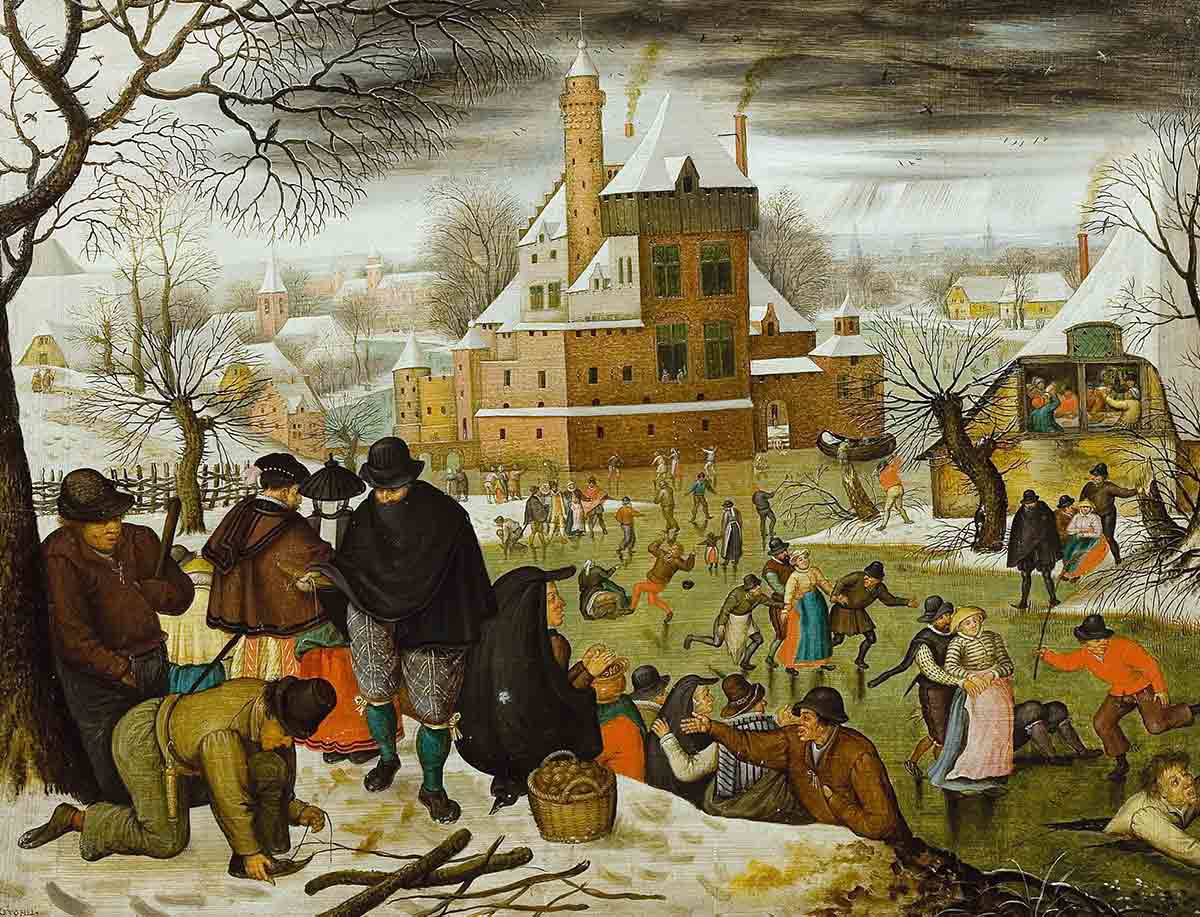
Bruegel just loved to paint winter scenes. He was exceptionally good at it, too. Frost, ice, snow, and wintery weather in general were undoubtedly one of his favorite themes. Bruegel demonstrated his skill in painting snowscapes on several occasions. Winter Landscape with a Bird Trap, Hunters in the Snow, Attack on a Snow Covered Village, The Adoration of the Magi in the Snow, and The Massacre of the Innocents are all set in the wintertime.
Bruegel’s depiction of winter in The Four Seasons Series once again showcases his talent for painting frozen lakes and snow. The scene itself tells the story of an upcoming festivity—perhaps the Twelve Days of Christmas—in which everyone can partake. No trace of work can be found in this painting, instead, it is all about fun.
Just a few of the notable features to look out for include the many figures skating along the frozen canals and, slightly to the right, a group of friends as they warm themselves by drinking at a local inn. These features can also be found in many more of Bruegel’s winter scenes. Look to the left—one man wearing a black hat can be seen tying on his skates. Now look to the bottom right corner—another, slightly less fortunate man has fallen through the thinning ice and appears to be struggling to emerge.
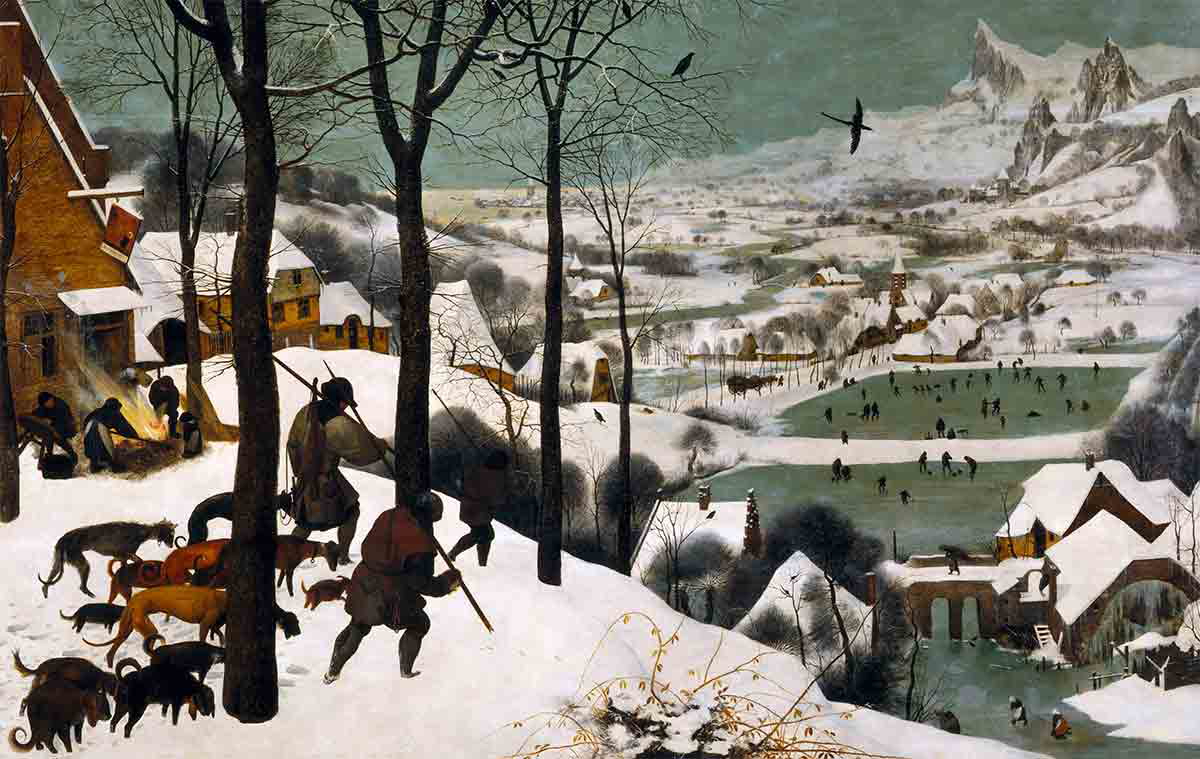
Even in the 21st century, the snowscapes of Pieter Bruegel the Younger are extremely popular. After viewing a few of his best-known pieces, it is hardly difficult to see why.
In fact, so coveted are Bruegel’s winter scenes that his most famous, named Winter Landscape with a Bird Trap, was sold in July 2014 for a grand sum of 6.5 million dollars.
The Death and Legacy of Pieter Bruegel the Younger
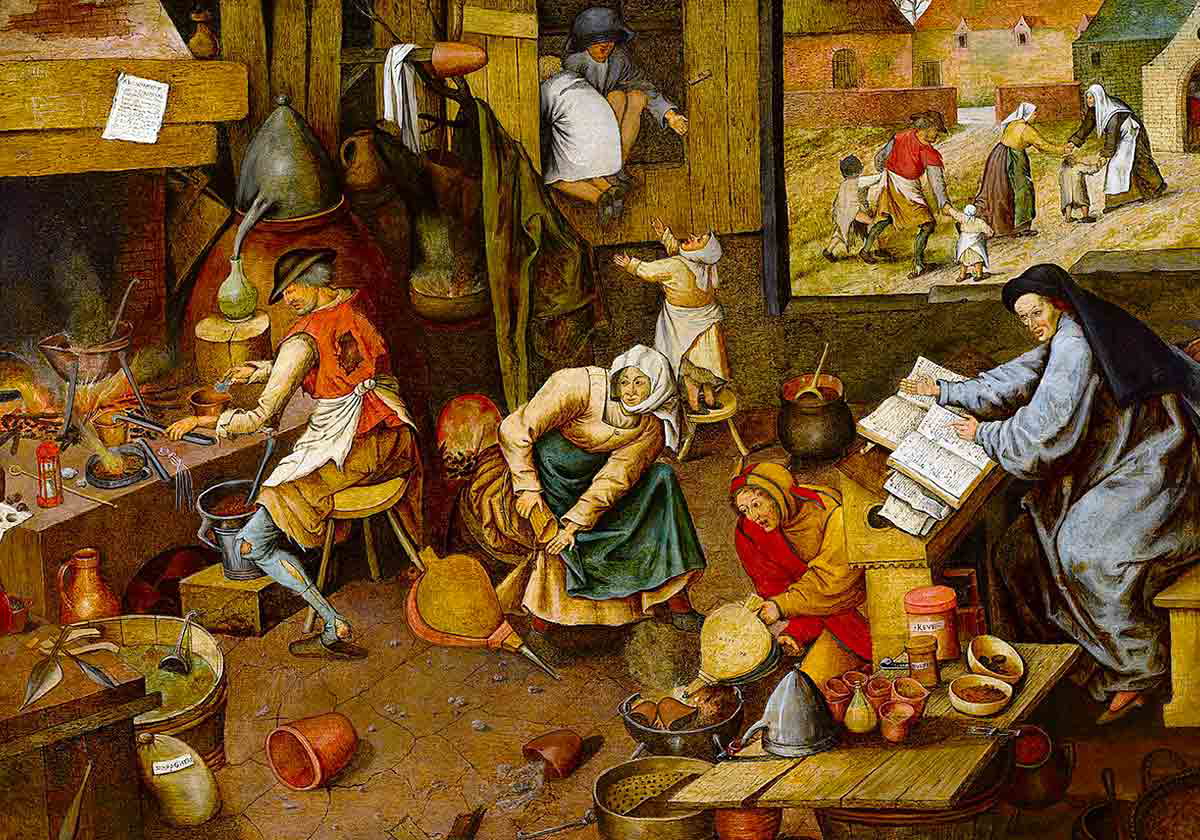
The exact date of Bruegel’s death is unknown. However, there are some clues as to when the event might have taken place. Bruegel’s name appears in the register of Antwerp’s Guild of Saint Luke, in a section recording the funeral debts for the year 1683. Due to this evidence, historians now assume that Bruegel died somewhere between the years 1637 and 1638.
Predictably, just like the date and cause of his death, Bruegel’s final resting place remains unknown.
The Encyclopaedia Britannica sums up his life and death by informing us that “Pieter Bruegel the Younger was born in 1564 in Brussels (now in Belgium), and died in 1638 in Antwerp; he was a Flemish painter of rustic and religious scenes.”
So, what has become of the original series, The Seasons? All four paintings—Spring, Summer, Autumn, and Winter—are now housed at the National Museum of Art of Romania, where they are on permanent display.
Just a few of his other important artworks include A Country Brawl, A Village Festival, The Sermon of Saint John the Baptist, The Village Lawyer, The Village Fair, Drunkard on an Egg, Peasant Wedding Dance, and The Alchemist.
